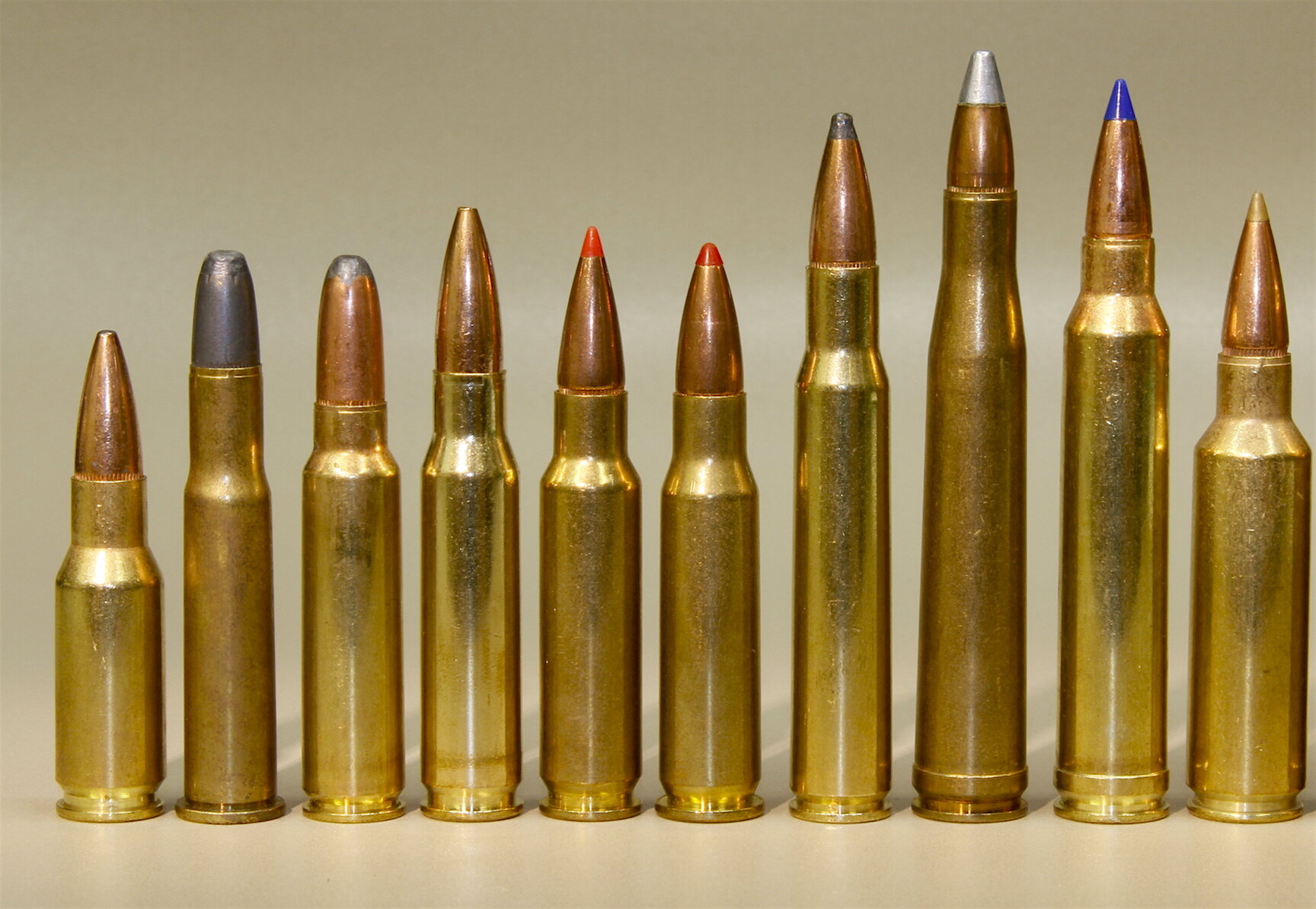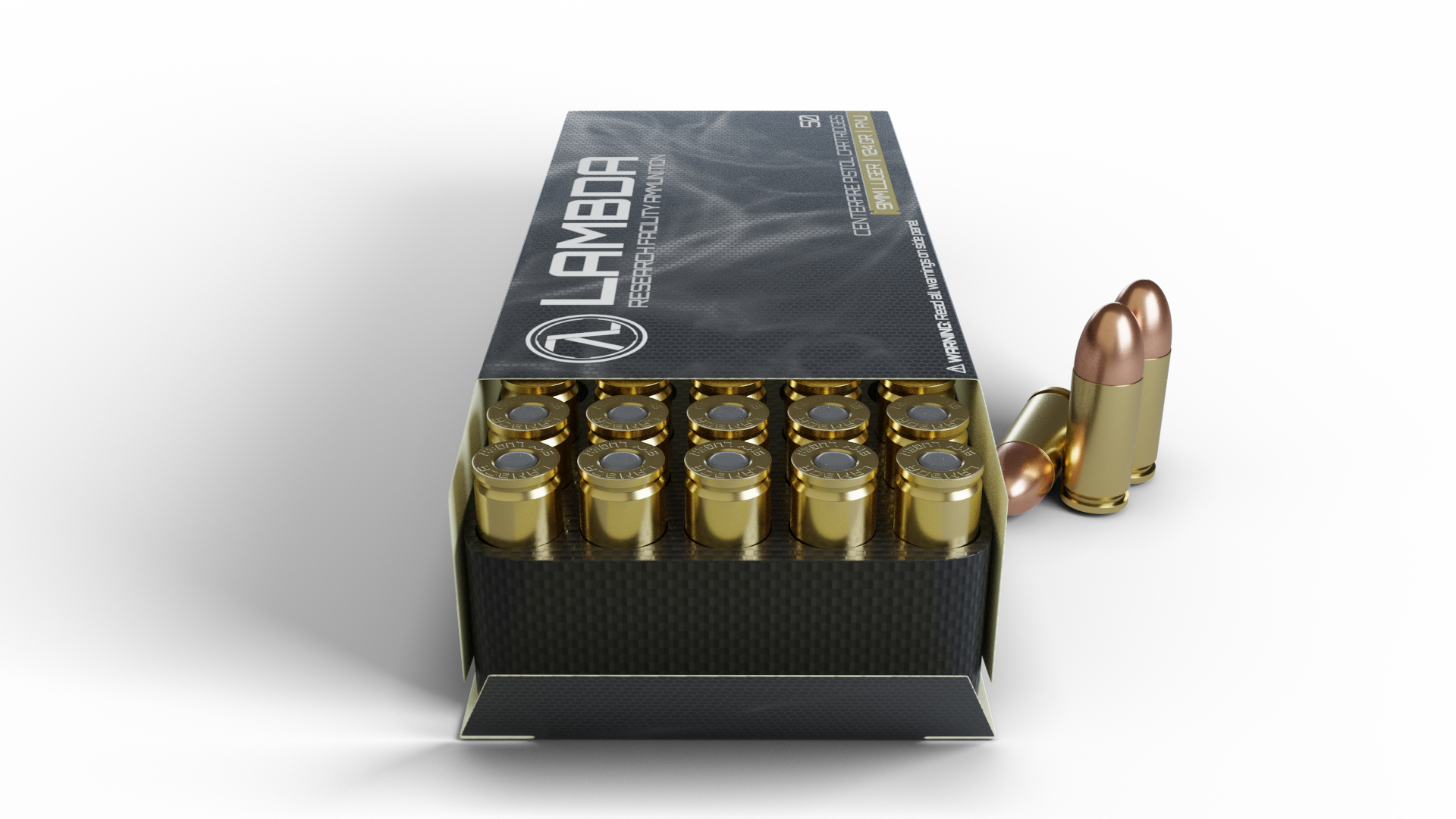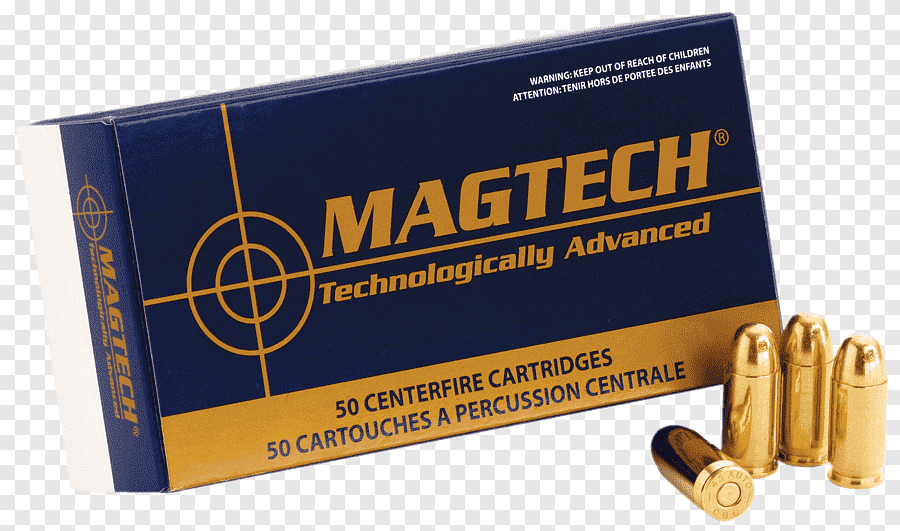Understanding Bullets: Types, Uses, and Technology
bullets
Bullets are an integral part of modern firearms, essential for hunting, self-defense, military applications, and recreational shooting. Though often used in everyday language, many people are unfamiliar with the detailed mechanics of bullets, their design, function, and the diverse types available. This article delves into the anatomy of a bullet, the different types used for specific purposes, and the technology behind their development.

What Are Bullets?
A bullet is a small, metal projectile designed to be expelled from a firearm’s barrel when fired. The term “bullet” specifically refers to the projectile, while the term “cartridge” encompasses the entire round, including the bullet, primer, casing, and propellant. Bullets are typically made from lead, copper, or steel, and are engineered to fit within the firearm’s chamber where they are propelled by the pressure created when the gunpowder or another propellant is ignited.
Key Components of a Bullet
To understand how bullets work, it’s important to recognize the key components that make up a complete cartridge:
- Projectile (Bullet): The actual metal projectile that is fired from the firearm. The bullet itself can vary in shape, size, and material, and its design impacts its behavior upon impact with a target.
- Casing: The shell that houses the bullet, primer, and propellant. Casings are typically made from brass, steel, or aluminum, with brass being the most common.
- Primer: A small but crucial component, the primer is a chemical compound that ignites the propellant when struck by the firearm’s firing pin. This ignition produces the high pressure needed to propel the bullet out of the barrel.
- Propellant: Usually in the form of gunpowder or smokeless powder, the propellant burns rapidly, creating the pressure that forces the bullet out of the casing and down the barrel.
- Crimp: The crimp is a small indentation in the casing that holds the bullet securely in place. This ensures the bullet remains positioned properly before firing.

Types of Bullets
Bullets come in a wide range of designs, each suited to a specific purpose. Here are some of the most common types:
- Full Metal Jacket (FMJ): One of the most widely used bullet types, particularly in military and law enforcement contexts. FMJ bullets have a lead core encased in a copper jacket. They are designed to penetrate targets effectively without expanding. This makes them ideal for long-range shooting and target practice due to their predictable behavior.
- Hollow Point (HP): Hollow point bullets are designed to expand upon impact, creating a larger wound channel and transferring more energy to the target. This expansion reduces the risk of over-penetration, making hollow points the preferred choice for self-defense and law enforcement use. They are particularly effective in stopping power while minimizing collateral damage.
- Soft Point (SP): Similar to hollow points but with an exposed lead tip, soft point bullets expand upon impact, though at a slower rate. These bullets are often used in hunting, especially for larger game, because they offer a balance between penetration and expansion.
- Ballistic Tip: A combination of a soft point and hollow point, ballistic tip bullets feature a polymer tip that aids in controlled expansion. This design is often used in hunting, particularly for medium to large game, and for precision shooting.
- Wadcutter: Commonly used in target shooting, wadcutter bullets have a flat, cylindrical shape that cuts a clean hole in paper targets. This makes it easier to score the shot and assess accuracy. They are favored by competitive shooters for their precision.
- Armor-Piercing: These specialized rounds are designed to penetrate hard surfaces such as armored vehicles or bulletproof vests. Typically used by military and law enforcement, armor-piercing bullets are built with a hardened steel or tungsten core to increase their ability to penetrate tough materials.
- Tracer Bullets: Tracer rounds contain a small pyrotechnic charge that ignites upon firing, allowing shooters to track the bullet’s trajectory. Tracers are used primarily by military forces and for long-range shooting, helping in target acquisition and correcting shots in real-time.
Applications of Bullets
Bullets serve a wide array of purposes, depending on their design and intended use:
- Military: Bullets in military contexts are used for everything from close-quarters combat to long-range precision shooting. The types of ammunition used depend on the mission, with some bullets designed to penetrate armor, while others are optimized for accuracy at extreme distances.
- Law Enforcement: Police and law enforcement officers use bullets for self-defense and to neutralize threats. Hollow point bullets are most commonly used in these scenarios because of their ability to expand on impact, providing effective stopping power while reducing the risk of ricochet or collateral damage.
- Hunting: Different calibers and bullet types are tailored to specific types of game. Soft point and ballistic tip bullets are typically used for hunting large game due to their ability to expand and transfer more energy to the target, while hollow points are effective for smaller animals.
- Sporting and Target Shooting: For recreational shooters, full metal jacket (FMJ) bullets are the go-to choice for target practice, as they offer affordability and consistency. Wadcutter bullets are also favored for competitive target shooting due to their precision and clean hole punch.
- Self-Defense: Civilians often purchase bullets for personal protection, with hollow point bullets being the most popular choice. Their design maximizes stopping power while minimizing the chances of the bullet exiting the target and causing unintended harm.
Bullet Performance Factors
Several factors influence the performance of a bullet, and understanding these variables is crucial for selecting the right ammunition for any given scenario:
- Velocity: The speed at which a bullet exits the barrel. Higher velocity generally improves accuracy and penetration, especially over longer distances.
- Energy: The kinetic energy transferred by the bullet to the target. Higher energy can result in more effective stopping power, which is especially important for self-defense and law enforcement scenarios.
- Accuracy: The ability of the bullet to strike the intended target. Accuracy is influenced by bullet design, firearm quality, and external factors such as wind and distance.
- Penetration: Some bullets are designed to penetrate deeper than others. Armor-piercing rounds, for example, are intended to breach tough surfaces, while hollow point bullets are designed to expand and transfer energy to the target, reducing penetration.

Conclusion
Bullets are essential tools in a variety of fields, from military combat to hunting, self-defense, and recreational shooting. The diversity of bullet types, their designs, and their intended applications make them highly specialized tools for a range of purposes. Understanding the mechanics behind bullets, their performance factors, and the types available will help you make informed decisions when choosing the right ammunition.
As technology continues to advance, the development of new bullet designs will likely lead to even greater performance capabilities. Whether you’re a law enforcement officer, a hunter, a shooter, or just a firearm enthusiast, gaining a deeper understanding of bullets will enhance your safety, effectiveness, and precision in any situation.

